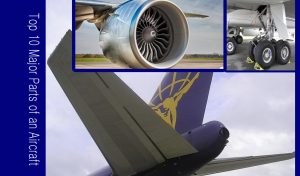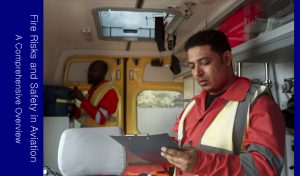Recent advances in aviation technology are ongoing or emerging. Since technology evolves rapidly, it’s important to note that there may have been significant developments in aviation technology since that time. Here are some of the recent advancements and latest trends.

Electric and Hybrid Aircraft: Nowadays, Several companies are working on electric and hybrid-electric aircraft designs. These technologies aim to reduce emissions and noise pollution. For example, companies like Airbus and Boeing were exploring electric propulsion systems for smaller aircraft and urban air mobility.
Advanced Materials: The research on Advanced Materials is going on. The use of lightweight, high-strength composite materials in aircraft construction continued to increase. These materials reduce an aircraft’s weight, improve fuel efficiency, and enhance overall performance.
Aircraft Connectivity: Enhanced in-flight connectivity and Wi-Fi services were becoming more common on commercial flights (as well as private flights), improving the passenger experience. This also allows for better data transmission for aircraft health monitoring and maintenance.
Improved Aerodynamics: Advances in aerodynamic design, including winglets and other modifications, aimed to reduce drag and increase fuel efficiency in both commercial and military aircraft.
Autonomous Systems: Research and development of autonomous systems for aircraft, including drones and unmanned cargo planes, were ongoing. These systems have applications in cargo delivery, surveillance, and more.
Advanced Cockpit Displays: Modern aircraft were equipped with advanced cockpit displays, including large touchscreen interfaces and augmented reality solutions for pilots, improving situational awareness.
Sustainable Aviation Fuels (SAF): The aviation industry was increasingly focused on developing and adopting sustainable aviation fuels derived from renewable sources, which can significantly reduce carbon emissions.
Supersonic Travel: Companies like Boom Supersonic were working on the development of supersonic commercial aircraft, which could potentially reduce travel times for long-haul flights.
Urban Air Mobility (UAM): The concept of UAM gained traction, with companies developing electric vertical takeoff and landing (eVTOL) vehicles for short-distance urban transportation.
Advanced Navigation and Air Traffic Management: Improvements in navigation technology, including satellite-based systems like GPS, were enhancing the precision and safety of air travel. Air traffic management systems were becoming more automated and integrated.
Passenger Experience: Airlines and aircraft manufacturers were investing in enhancing the passenger experience, including larger windows, quieter cabins, and more comfortable seating arrangements.
Reduced Carbon Emissions: Airlines were exploring various measures to reduce their carbon footprint, including more efficient flight routing, better fuel management, and the adoption of newer, more fuel-efficient aircraft models.
Please note that developments in aviation technology may have continued at a rapid pace beyond my last update. For the latest information on advancements in aviation technology, I recommend checking industry news sources and updates from aerospace companies and organizations.









